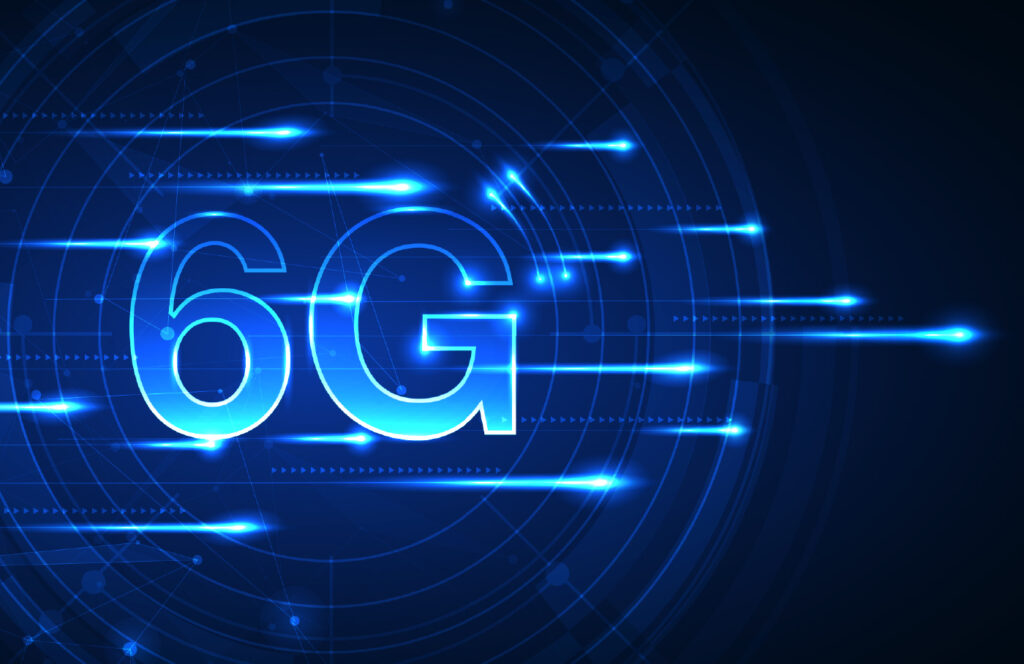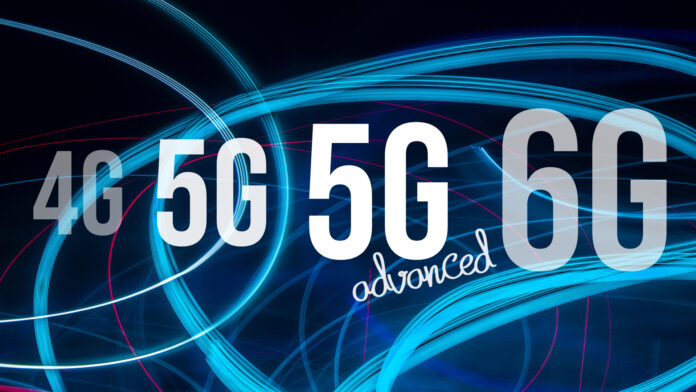Standards for 5G improved efficiency over 4G; the goal is for 6G to do the same
As new generations of cellular technology are developed, standardization has to balance several factors: Improving performance or capacity, bringing new, advanced capabilities, and improving the overall energy efficiency of the system.
That work begins with analyzing the needs of the telecom ecosystem and then how that maps to system design and standardization, long before a new G is ever realized. In a session at Telco Sustainabilty Forum, Freddie Södergren, VP and head of technology and strategy for Business Area Networks at Ericsson, outlined both the achievements made in advancing from 4G to 5G, but also the expectations and goals as the groundwork is laid for future 6G systems.
“The more we learn on the technology side, the more we can then steer and direct the standardization, and vice versa—the more alignment we get on standardization, the more we can move forward as an industry,” he said.
When 5G was being designed, Södergren said, the industry’s primary need was a massive increase in capacity, to cope with ever-escalating mobile data traffic demands, while at the same time minimizing energy consumption. 5G was planned out to be 10 times more energy efficient per gigabyte than 4G, and in particular, achieved a major reduction in signaling traffic that made the system overall more efficient. In parallel with 5G standards development, he noted, there were also significant gains in other, related technology innovations: silicon development and design, and in software, where intent-based capabilities can more effectively balance energy consumption, user experience and performance, Södergren said.
As 6G work takes shape, the industry’s current needs are once again shaping what future networks will look like. While no one knows exactly how 6G might be used, the expectations are that there will be more need for low latency, for more capacity in the uplink for data to be sent from devices, and in general, more ability for the network to recognize, define, manage and optimize a heterogeneous network across multiple dimensions.

6G will also need to look even harder at leaner transmissions to improve system efficiency, he said—and it will also need to apply artificial intelligence so that 6G is a system that can learn and improve itself over time. Meanwhile, he expects that parallel technology development that happened for 5G to continue—and particularly when it comes to energy efficiency in hardare, Södergren said that he not only expects to see more advanced in technology, but that holistic co-design of full systems end-to-end will contribute as well.
“The bar for energy and performance is higher than ever,” he said.
But even as future networks are being dreamed of, Södergren also offered three recommendations for improving energy efficiency in current, existing networks.
The first step that Ericsson recommends is to modernize the network: The latest hardware and software will also be the most efficient building-blocks for the network. Ericsson customer Etisalat saw a 52% improvement in energy use at sites through updating hardware and software, Södergren said.
The next step is to look at how best to use software in order to improve efficiency, through tools such as matching capacity to use. New software features are coming online all the time that enable operators to improve their system efficiency, if they take advantage. Södergren gave the example of Optus being able to leverage a new Ericsson software tool for interference sensing that was able to improve throughput by 22%—and, he noted, there is a direct relationship between performance and energy consumption.
The third step is to transition to intent-based automation and leverage artificial intelligence to implement business intent and rules which will allow the system to make better trade-offs between performance and energy consumption, taking user experience into account. That is something Ericsson has worked on with Telstra, Södergren said, with the NEM’s automated energy saver tool enabling the carrier to save up to 7% of energy use while not impacting user experience.
To watch Södergren’s full session and more content on-demand, check out Telco Sustainability Forum.

